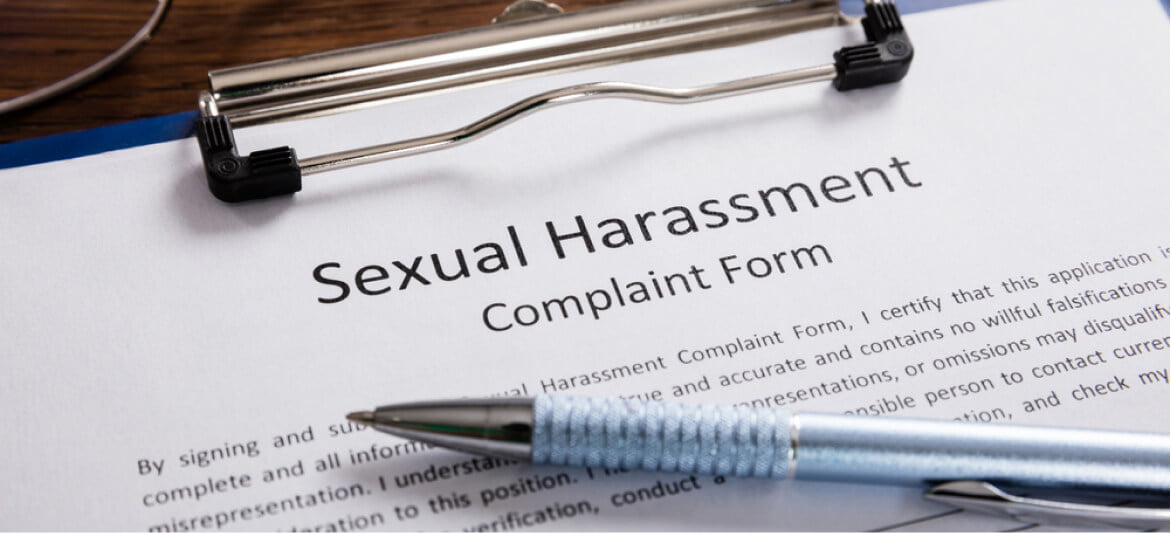
Does an employer have the right to relocate its employees, and what does a reasonable relocation look like?
This question would need to be answered on a case-by-case basis, however, there are some key factors that courts have looked at when determining whether the relocation of an employee is considered reasonable or not, including, but not limited to:
- whether there is a clause in the contract of employment in relation to relocation;
- whether the location of the employees’ role is an implied element of the contract of employment;
- the distance between the two locations;
- the employees’ family or career responsibilities;
- the cost or financial imposition created by the proposed relocation;
- the employer’s efforts to accommodate the employee in transitioning; and
- disruption to the personal life of the employee and any inconvenience suffered as a result.
Case example: In the 2004 case of Han Jian Liu v NHP Electrical Engineering Products Pty Ltd , NHP proposed to close down their facility in Richmond and relocate all employees employed at this location to a Laverton factory. NHP offered to cover relocation costs and offered flexible working hours for transitioning employees. Han’s employment contract expressly stated that his place of work was in Richmond.
- The Australian Industrial Relations Commission found that the requirement for Han to relocate resulted in a repudiation of his employment contract as NHP no longer required his role to be performed in Richmond by anyone.
- Due to Han’s family responsibilities, the role offered to him at Laverton was found not to be comparable nor acceptable for him.
- The role at Laverton was considered to be a new contract of employment between Han and NHP, which Han was unable to perform because of the additional distance and travel time required and the adverse impact on his family responsibilities, and consequently, was not considered reasonable alternative employment.
- It was found that Han’s position, which was at the Richmond facility, was redundant and he was eligible to receive redundancy pay.
Takeaways:
- if a contract of employment is silent on the location of work, the Courts will look to see if there was an implied location in the employment contract and/or if the proposed relocation is reasonable. Factors such as those outlined above may be taken into consideration when making this determination;
- a proposed relocation of employment location could potentially trigger redundancies.
If you believe that you have been unfairly relocated, or if you would like legal advice on a possible breach of your employment contract, please contact Anderson Gray Lawyers on 1300 851 430.
























